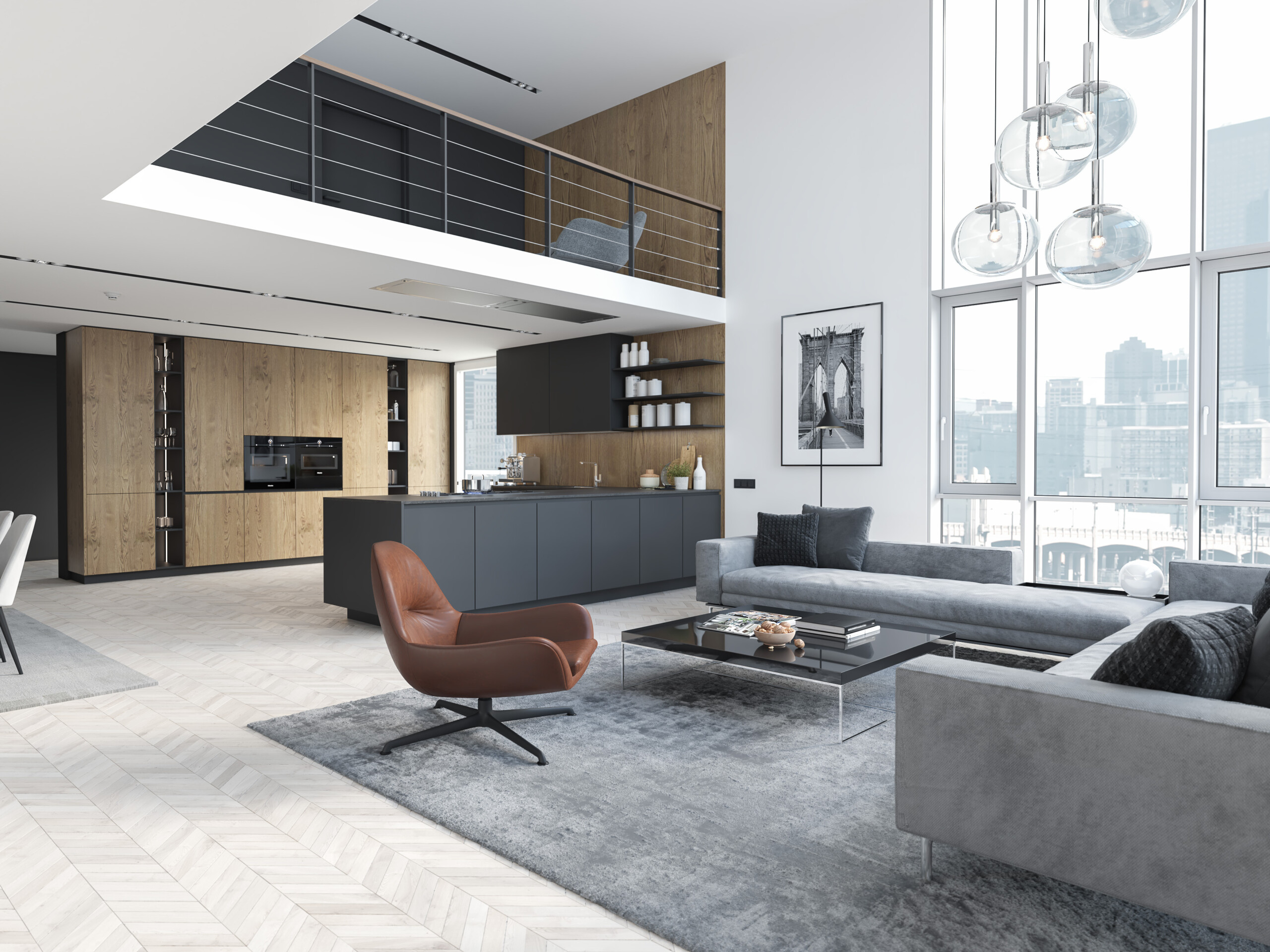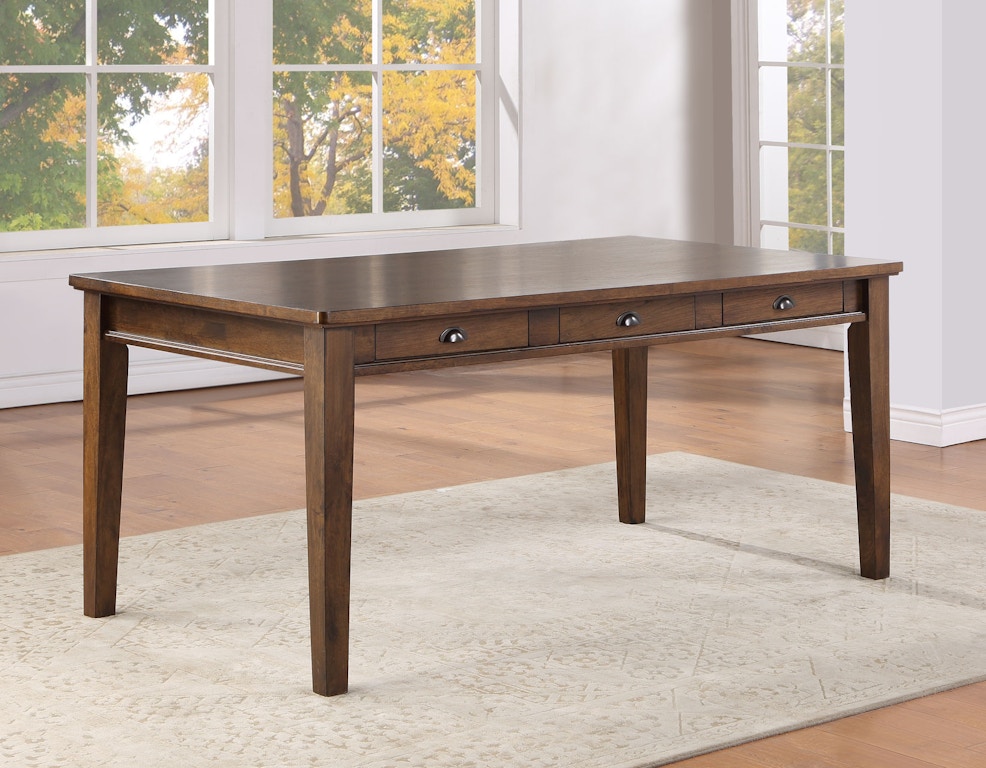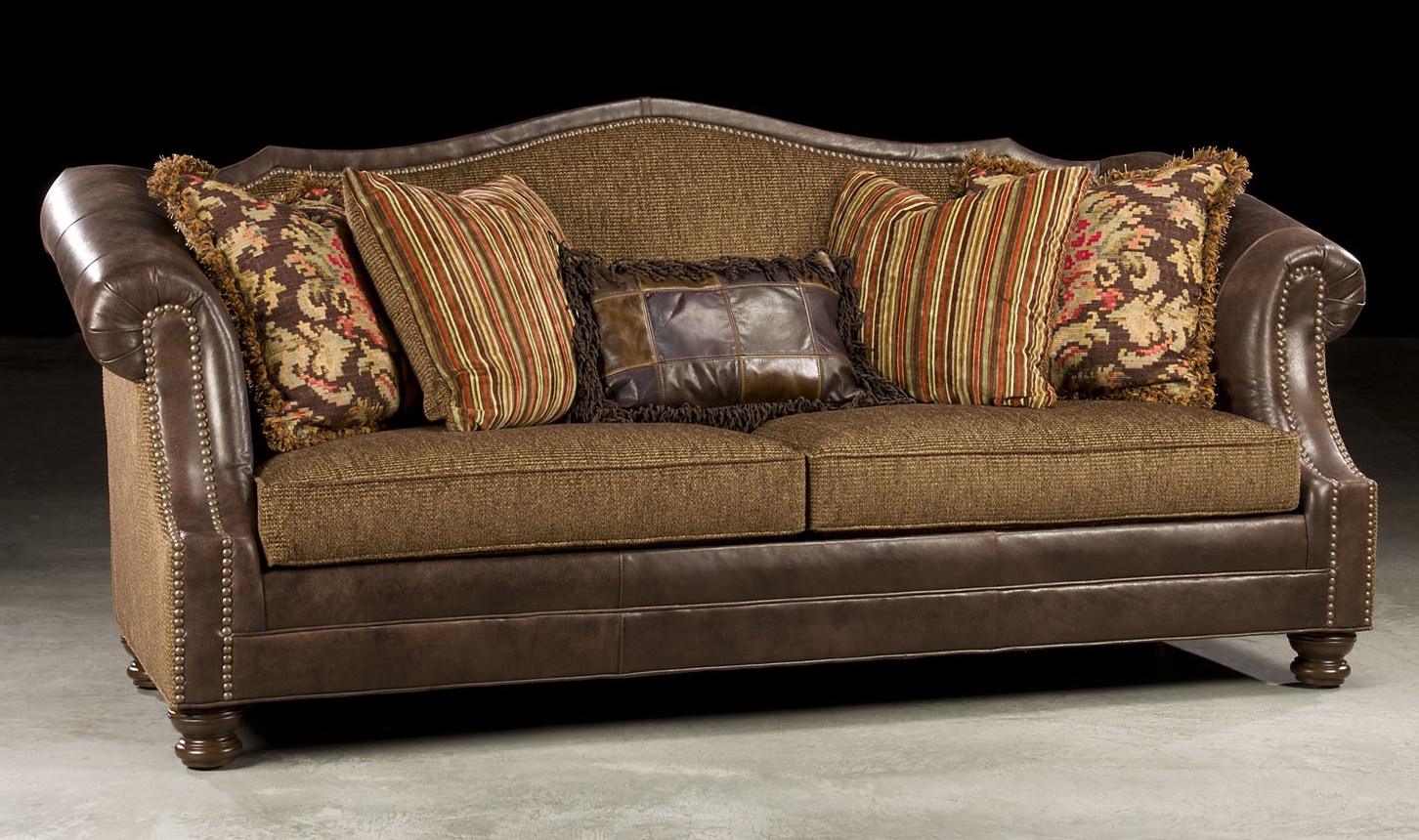Balance in a Living Room
If you want to create a space that is not only aesthetically pleasing but also comfortable and inviting, then achieving balance in your living room is key. Balance is an important design principle that helps create harmony and coherence in a room, making it visually appealing and functional. A well-balanced living room is one where all the elements work together seamlessly, creating a sense of equilibrium. In this article, we will explore 10 ways to achieve balance in a living room design.
Living Room Balance
When it comes to achieving balance in a living room, there are two types to consider: visual balance and physical balance. Visual balance is about the placement of objects and elements in a room, while physical balance is about the actual weight and size of those objects. Both types of balance are essential in creating a comfortable and cohesive living room.
Balance and Harmony in a Living Room
One of the key elements of achieving balance in a living room is creating harmony between different elements. This means ensuring that all the pieces in the room, such as furniture, decor, and lighting, work together to create a cohesive look. One way to achieve this is by choosing a color scheme and sticking to it throughout the room. This will create a sense of harmony and balance, making the room feel put-together and visually appealing.
Creating Balance in a Living Room
Balance can be achieved in many ways in a living room, and one of the most effective ways is through symmetry. Symmetrical balance is when objects on one side of the room are mirrored on the other side. This creates a sense of order and balance, making the room feel more organized and visually appealing. You can achieve this by placing two identical sofas facing each other or by using matching decor on either side of a fireplace.
Balance and Symmetry in a Living Room
While symmetry is an effective way to achieve balance in a living room, it's not the only way. Asymmetrical balance is another technique that can add interest and visual appeal to a room. This involves using different objects of various sizes and shapes to balance each other out. For example, you could have a large statement piece of furniture on one side of the room and balance it out with a grouping of smaller decor pieces on the other side.
Achieving Balance in a Living Room Design
When designing a living room, it's essential to consider the proportions of the room and the furniture you're using. Large furniture in a small room can make the space feel cramped and unbalanced, while small furniture in a large room can make it feel empty and uninviting. It's important to strike the right balance between the size of the room and the furniture to create a harmonious and visually appealing space.
Balance and Proportion in a Living Room
Another way to achieve balance in a living room is by paying attention to proportions. This means making sure that the furniture and decor in the room are in proportion to each other. For example, if you have a large sofa, you'll want to balance it out with a larger coffee table, rather than a tiny one. This will create a sense of equilibrium and balance in the room.
The Importance of Balance in a Living Room
Creating balance in a living room is not just about aesthetics; it also plays a crucial role in the functionality of the space. A well-balanced room will feel more comfortable and inviting, making it a space where you and your guests will want to spend time. It also helps to create a sense of flow in the room, making it easy to move around and use the space efficiently.
Creating a Balanced Color Scheme in a Living Room
Color is a powerful tool when it comes to creating balance in a living room. Choosing a color scheme that complements each other and using it throughout the room can help create a sense of harmony and balance. You can also use pops of color to add interest and balance to a neutral color scheme. Just make sure not to use too many colors, as this can create a sense of chaos and disrupt the balance.
Using Furniture to Create Balance in a Living Room
Furniture placement is another crucial aspect when it comes to achieving balance in a living room. If your room is feeling unbalanced, try rearranging your furniture to create a more harmonious layout. You can also use furniture to divide the room into different zones, such as a seating area and a reading nook, which will add balance and functionality to the space.
The Importance of Balance in a Living Room
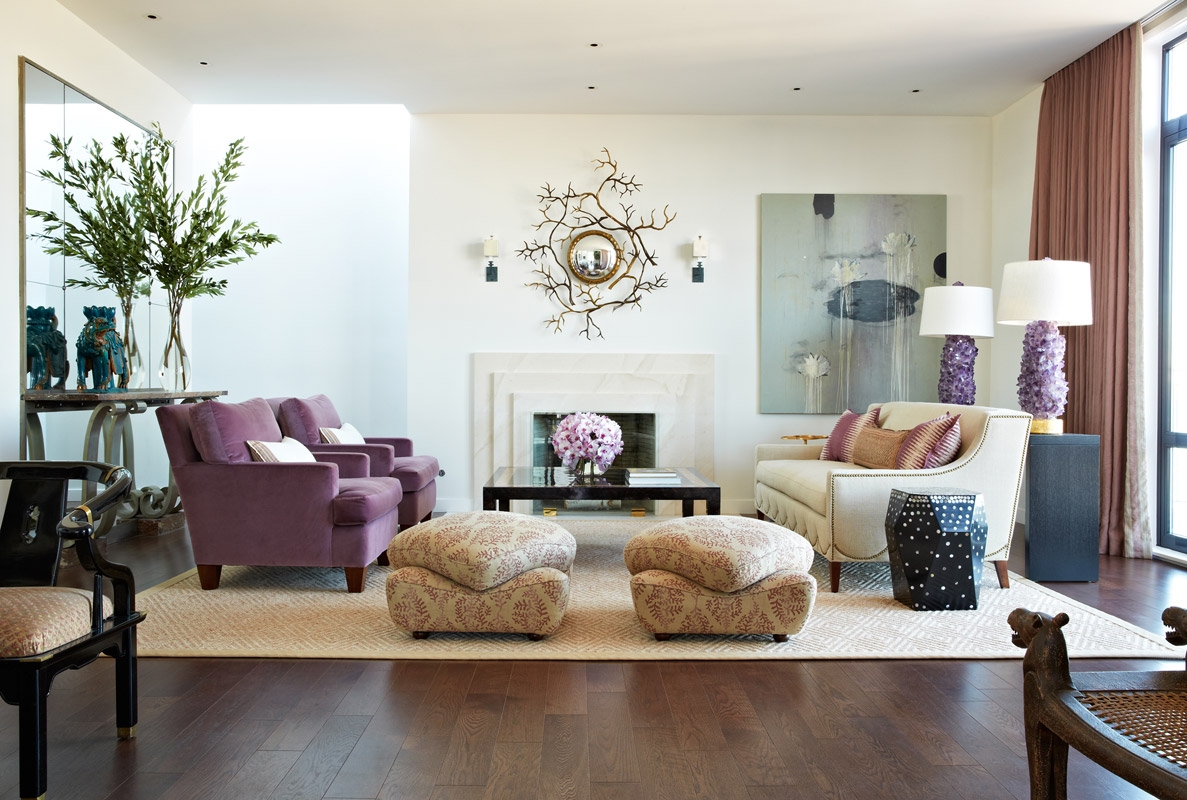
Creating a Harmonious Space
 When it comes to designing a living room, it is important to create a space that is not only visually appealing, but also functional and comfortable. One key element that plays a crucial role in achieving this is balance.
Balance
refers to the distribution of visual weight in a room, and it is essential in creating a harmonious and cohesive space.
When it comes to designing a living room, it is important to create a space that is not only visually appealing, but also functional and comfortable. One key element that plays a crucial role in achieving this is balance.
Balance
refers to the distribution of visual weight in a room, and it is essential in creating a harmonious and cohesive space.
The Two Types of Balance
 There are two types of balance that can be used in designing a living room:
symmetrical
and
asymmetrical
. Symmetrical balance is achieved when both sides of a room are identical or similar in terms of layout, furniture, and décor. This creates a sense of order and stability in the room. Asymmetrical balance, on the other hand, is created by using different elements that have equal visual weight to balance each other out. This type of balance is more dynamic and can add interest to a room.
There are two types of balance that can be used in designing a living room:
symmetrical
and
asymmetrical
. Symmetrical balance is achieved when both sides of a room are identical or similar in terms of layout, furniture, and décor. This creates a sense of order and stability in the room. Asymmetrical balance, on the other hand, is created by using different elements that have equal visual weight to balance each other out. This type of balance is more dynamic and can add interest to a room.
The Benefits of a Balanced Living Room
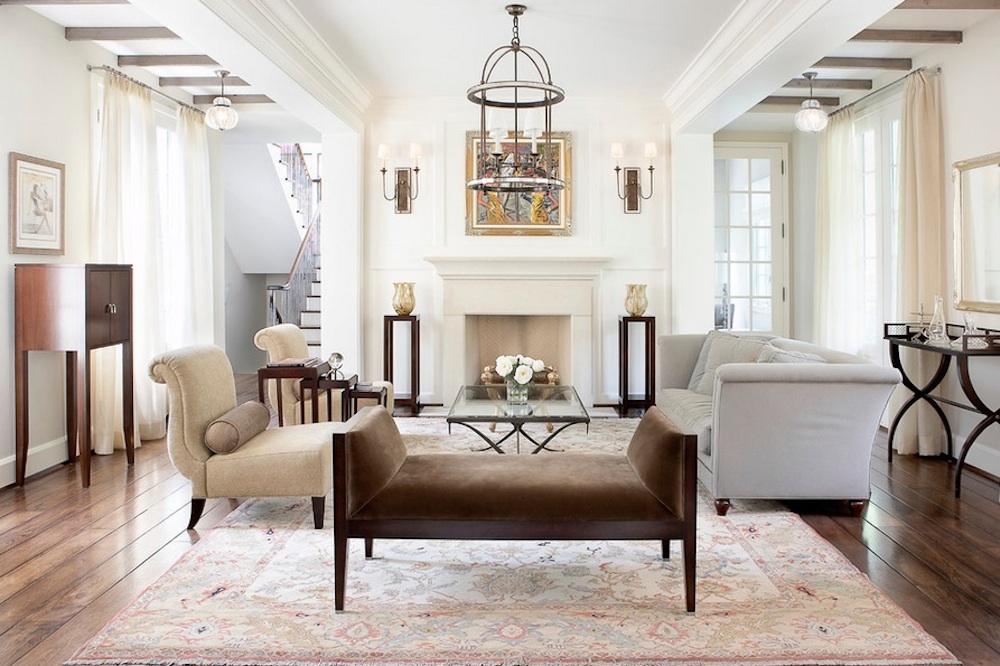 Having a balanced living room has numerous benefits. It not only creates a visually appealing space, but it also has a positive impact on the overall feel of the room. A well-balanced room can make it easier for people to relax and feel comfortable, as there is a sense of order and harmony. Additionally, a balanced living room can also make the space feel more spacious and organized.
Having a balanced living room has numerous benefits. It not only creates a visually appealing space, but it also has a positive impact on the overall feel of the room. A well-balanced room can make it easier for people to relax and feel comfortable, as there is a sense of order and harmony. Additionally, a balanced living room can also make the space feel more spacious and organized.
How to Achieve Balance in a Living Room
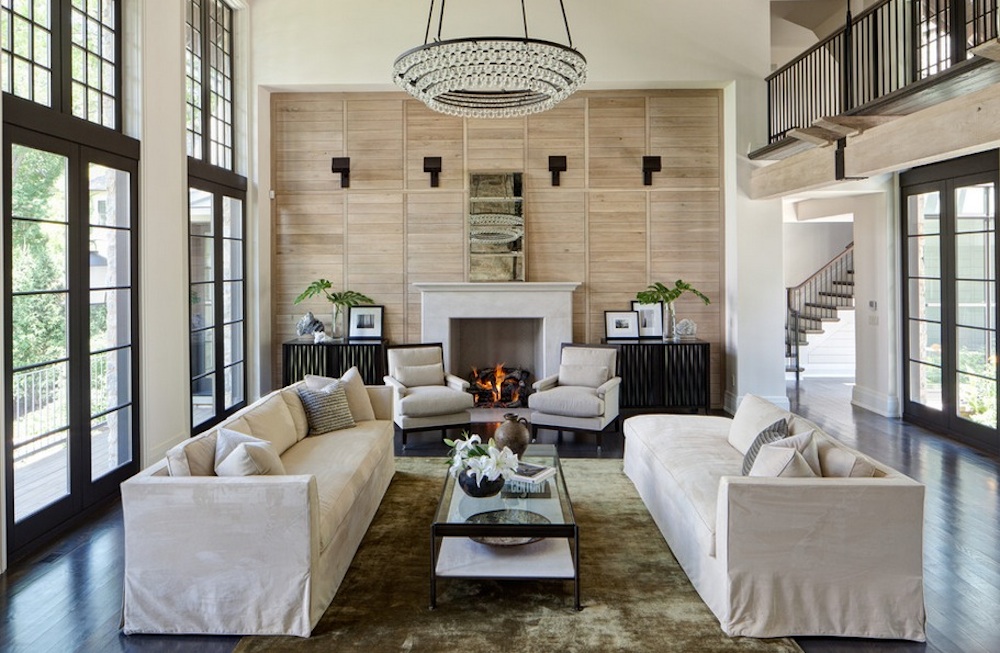 There are several ways to achieve balance in a living room. One way is to use a focal point, such as a fireplace or a large piece of artwork, to anchor the room and create a sense of balance. Another way is to use a mix of large and small furniture pieces, rather than all large or all small pieces, to create a balance of visual weight. Additionally, incorporating different textures, colors, and patterns can also help achieve balance in a living room.
There are several ways to achieve balance in a living room. One way is to use a focal point, such as a fireplace or a large piece of artwork, to anchor the room and create a sense of balance. Another way is to use a mix of large and small furniture pieces, rather than all large or all small pieces, to create a balance of visual weight. Additionally, incorporating different textures, colors, and patterns can also help achieve balance in a living room.
In Conclusion
 In conclusion,
balance
is a crucial element in creating a well-designed living room. It not only adds visual appeal to the space but also has a positive impact on the overall feel and functionality of the room. By understanding the two types of balance and incorporating various design elements, it is possible to achieve a balanced and harmonious living room. So why not take the time to create a balanced space that you and your family can enjoy?
In conclusion,
balance
is a crucial element in creating a well-designed living room. It not only adds visual appeal to the space but also has a positive impact on the overall feel and functionality of the room. By understanding the two types of balance and incorporating various design elements, it is possible to achieve a balanced and harmonious living room. So why not take the time to create a balanced space that you and your family can enjoy?



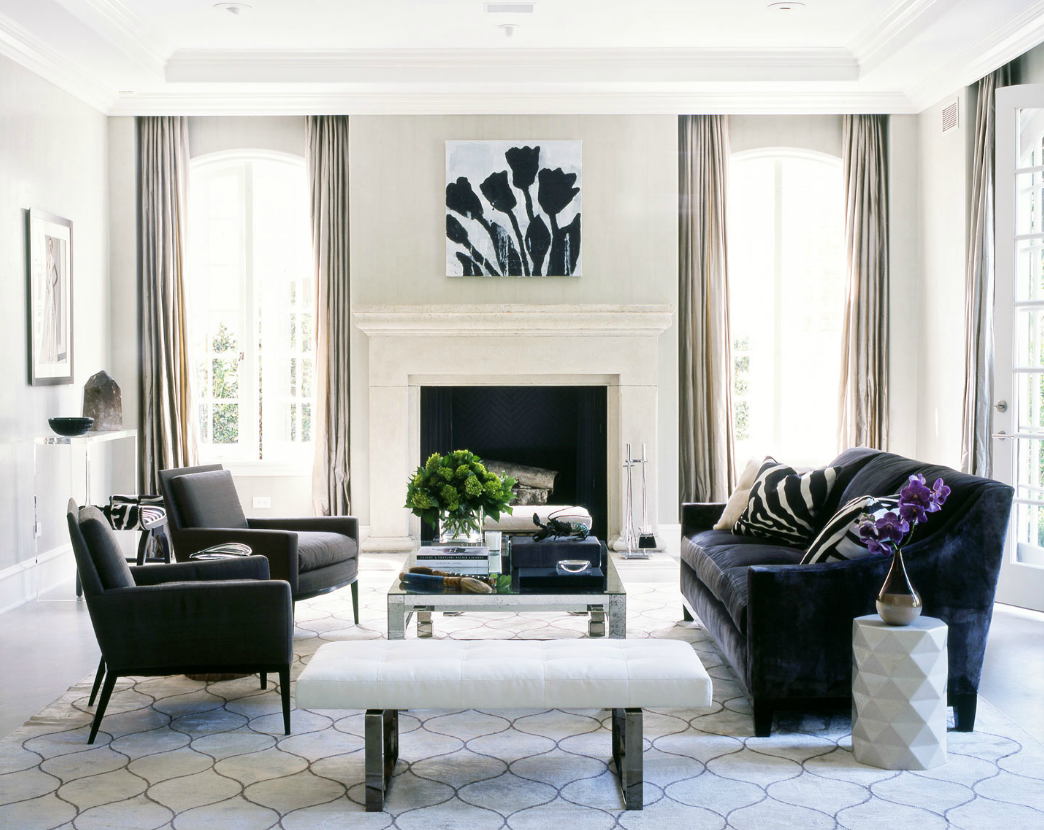






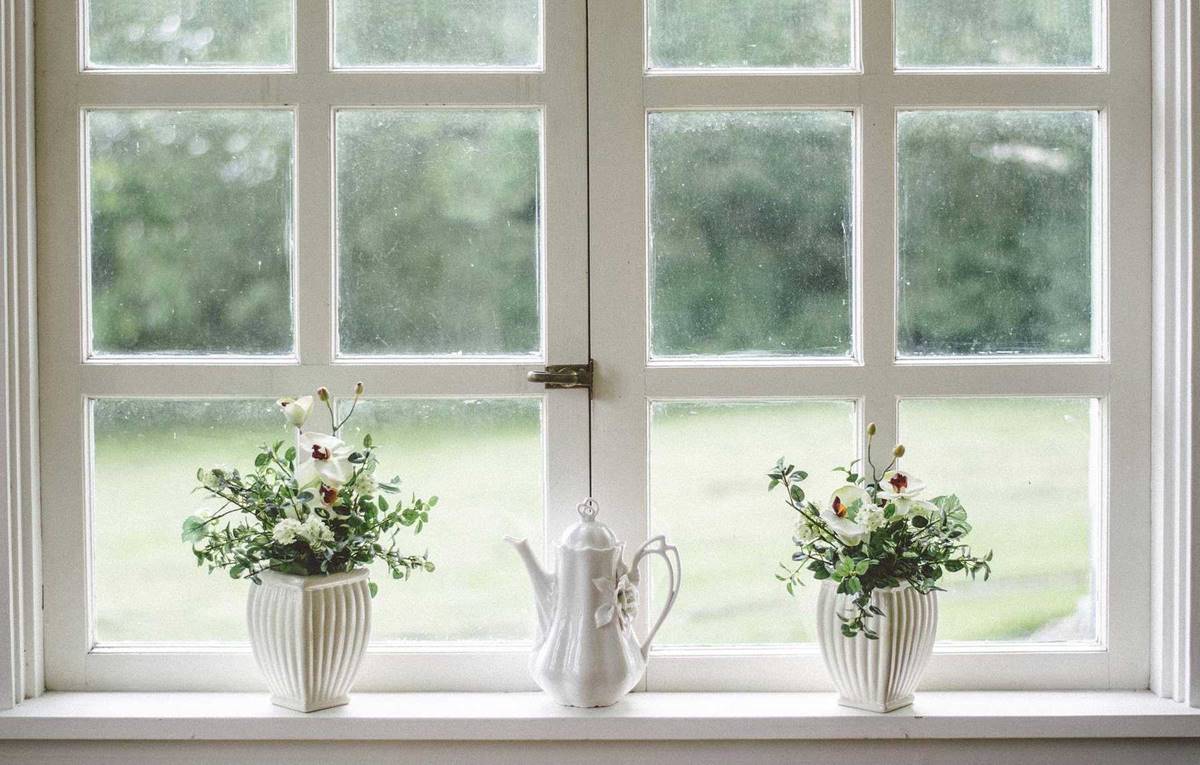



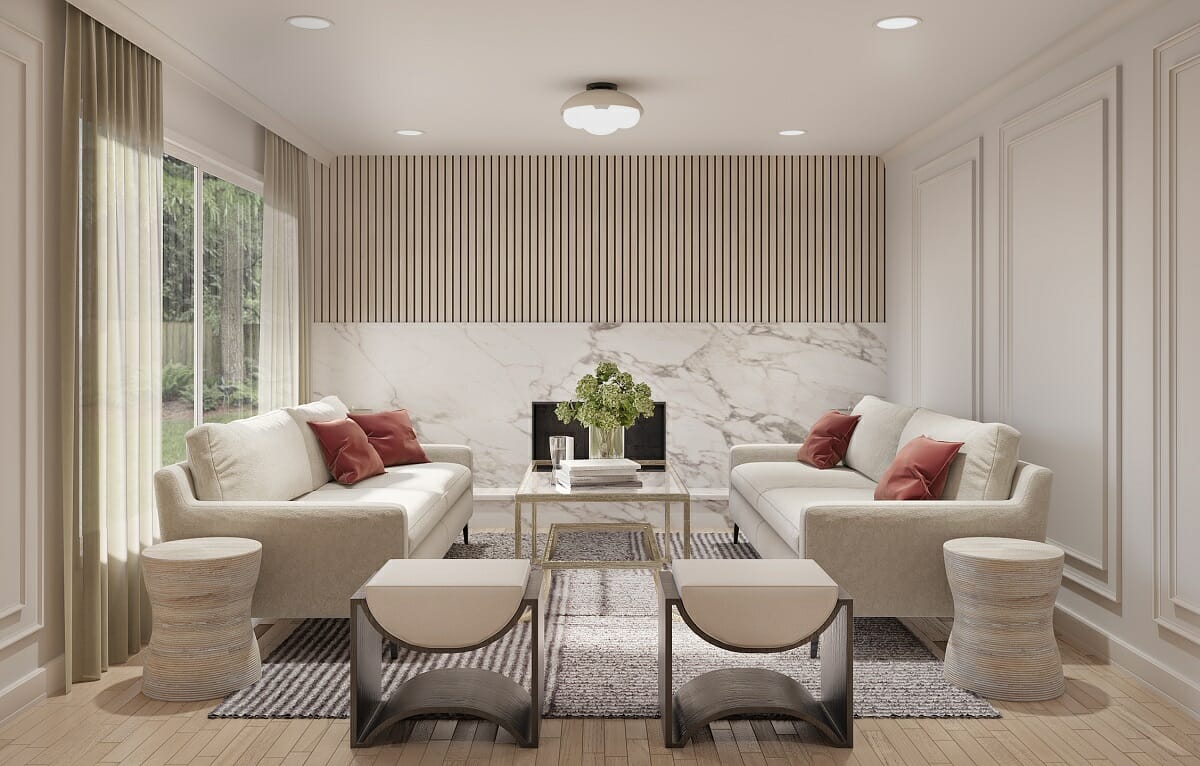


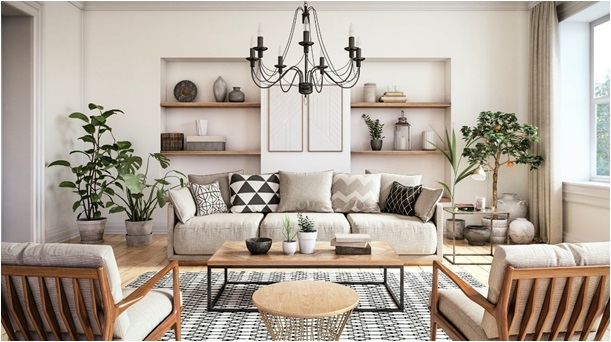








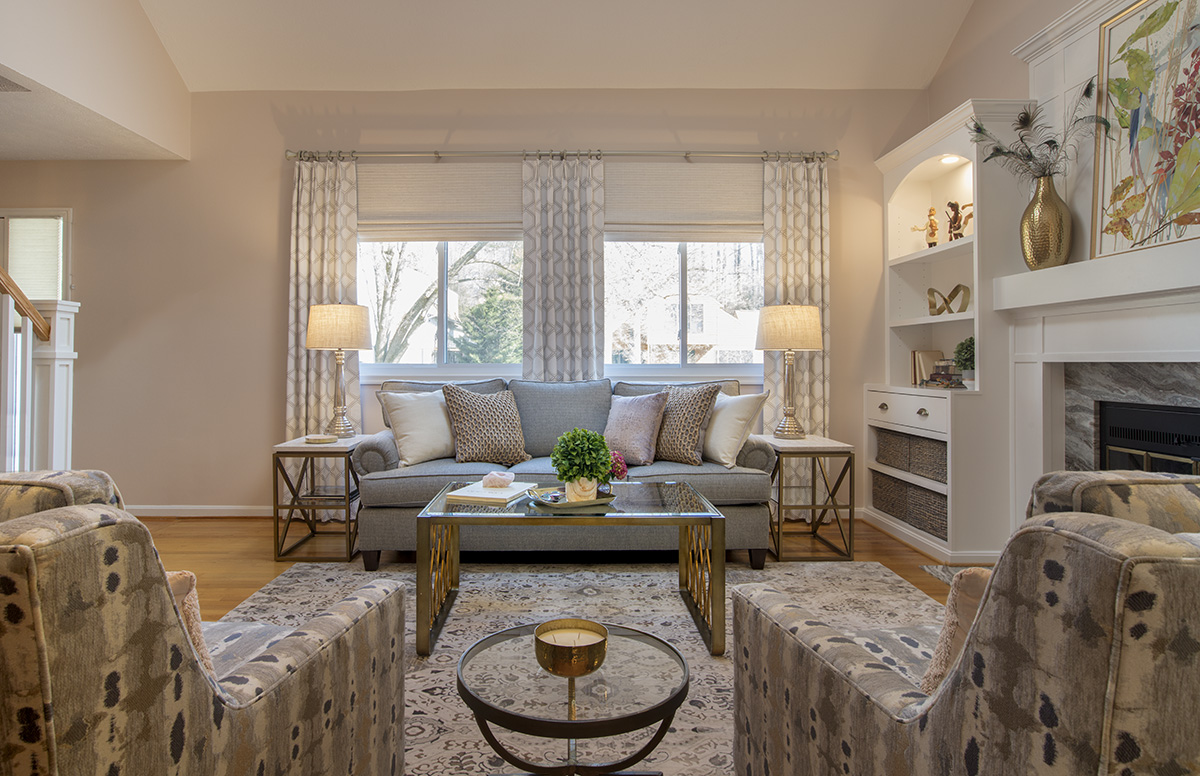


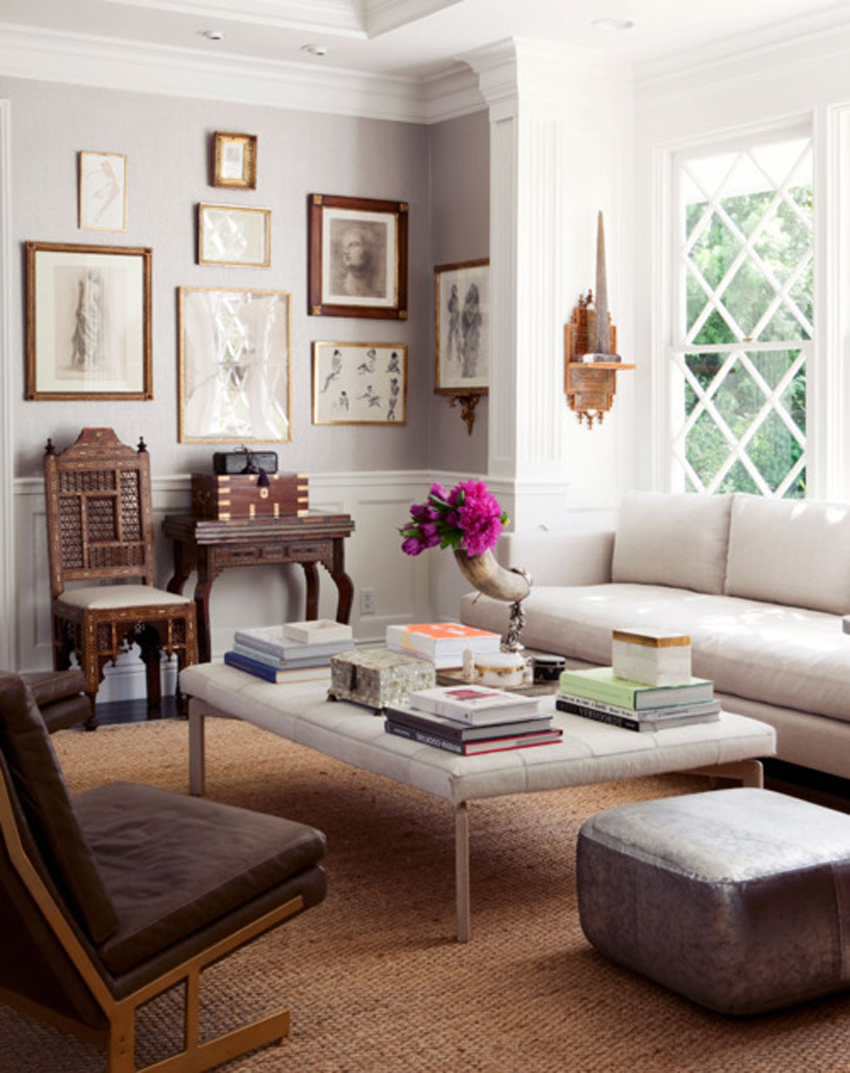



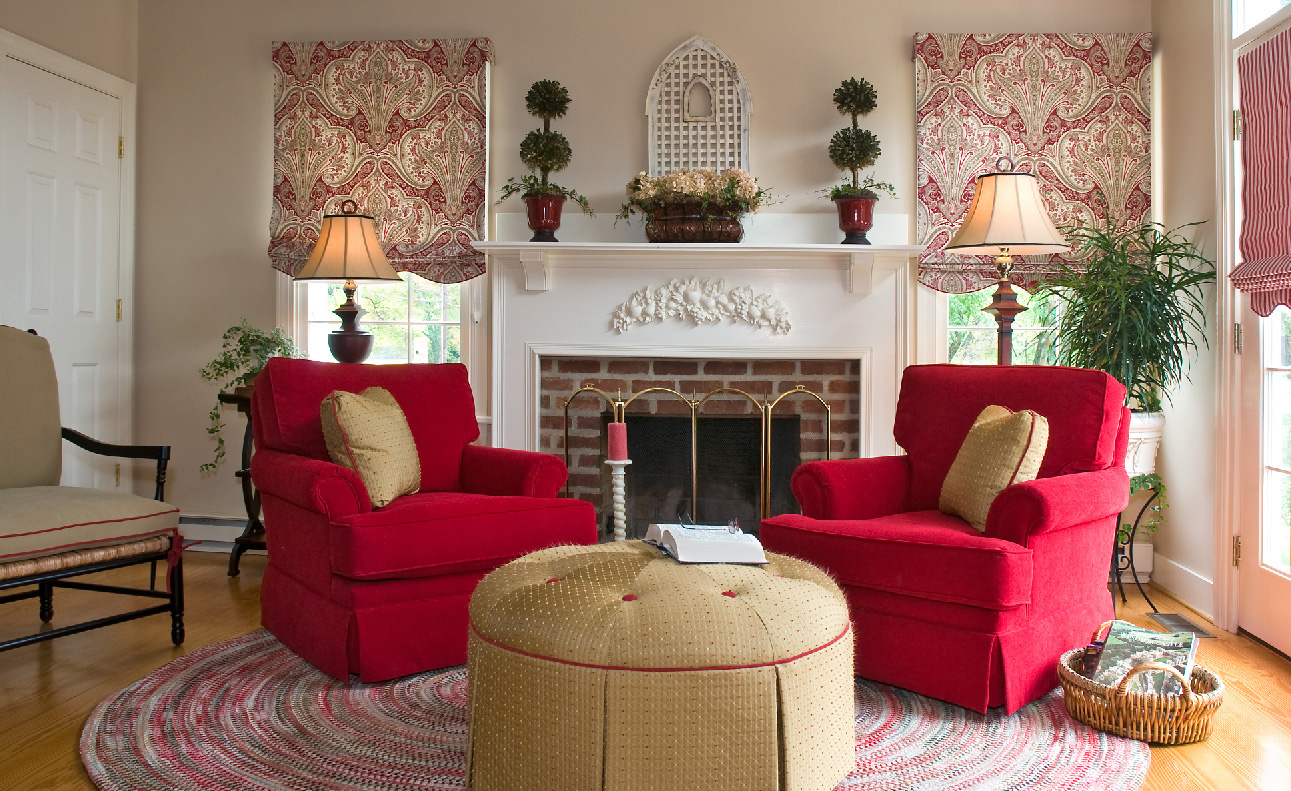



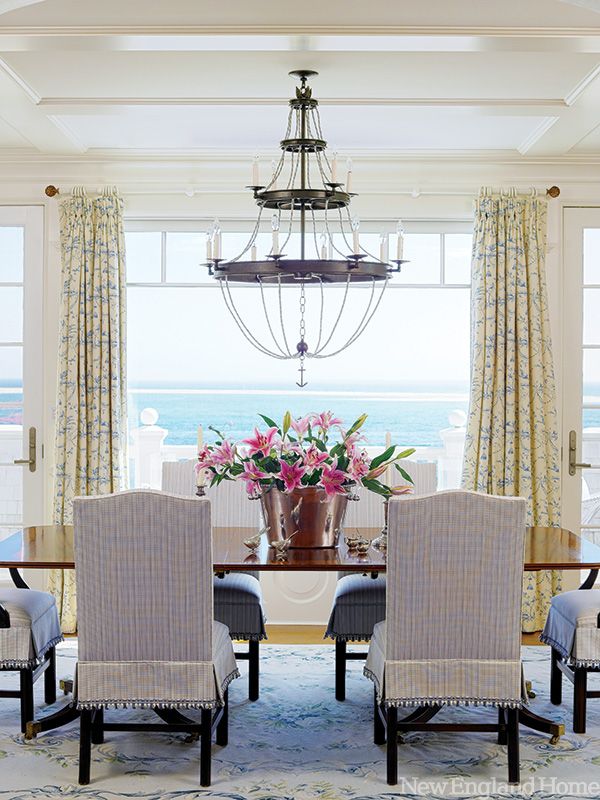





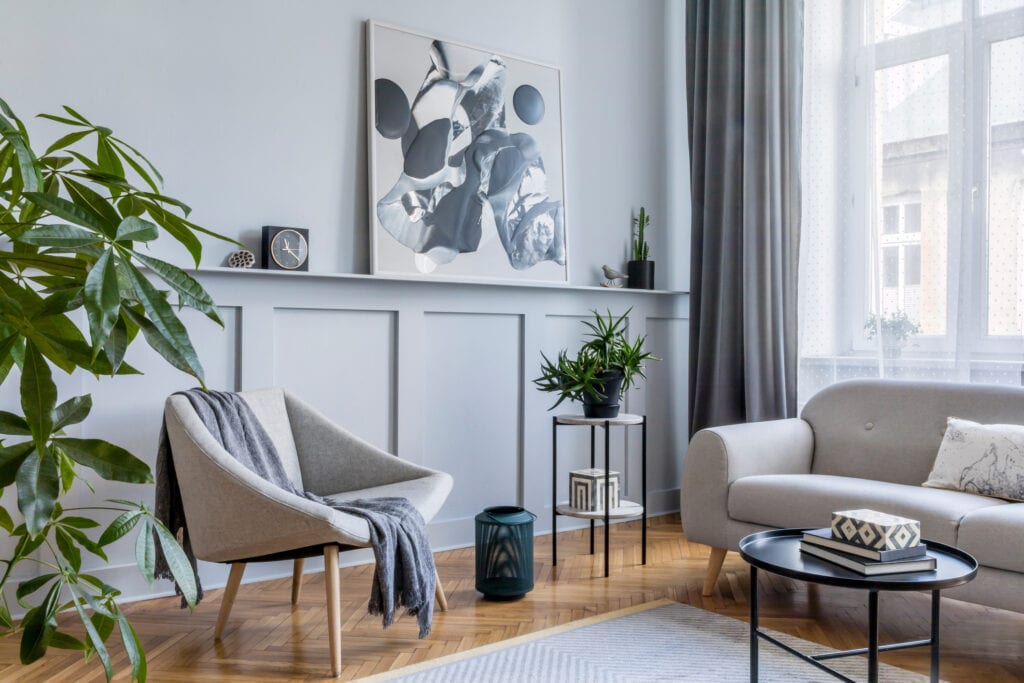




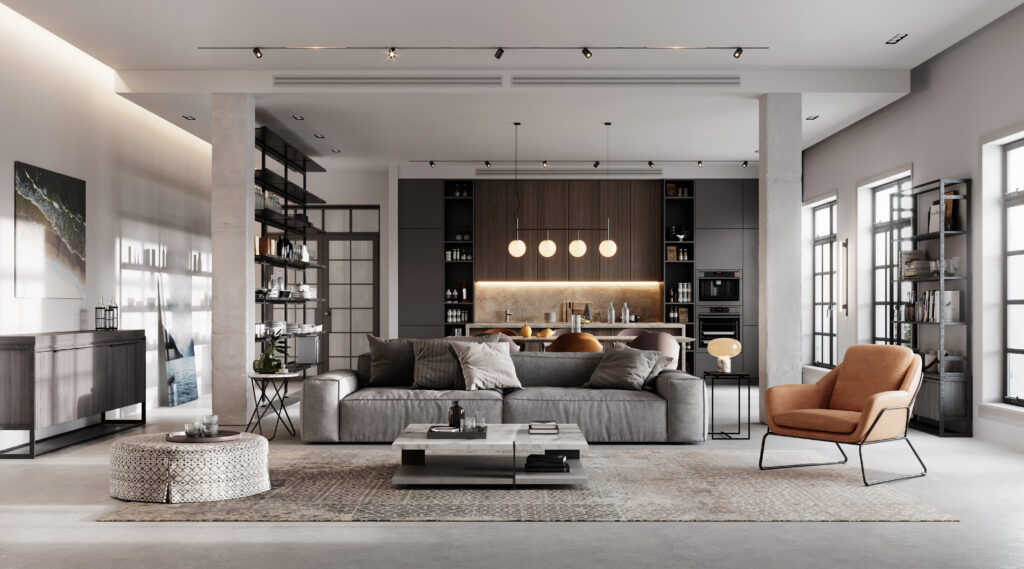
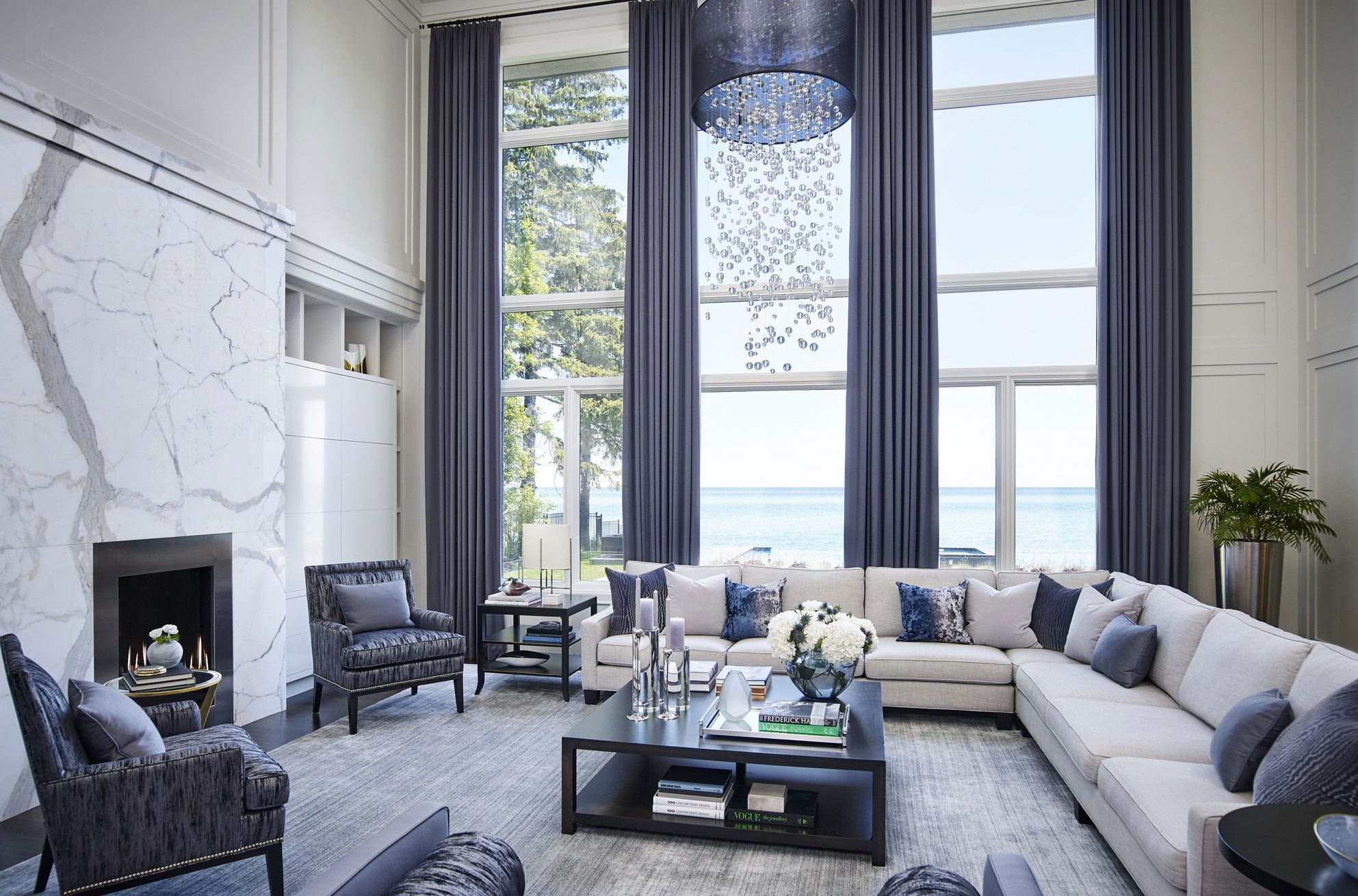
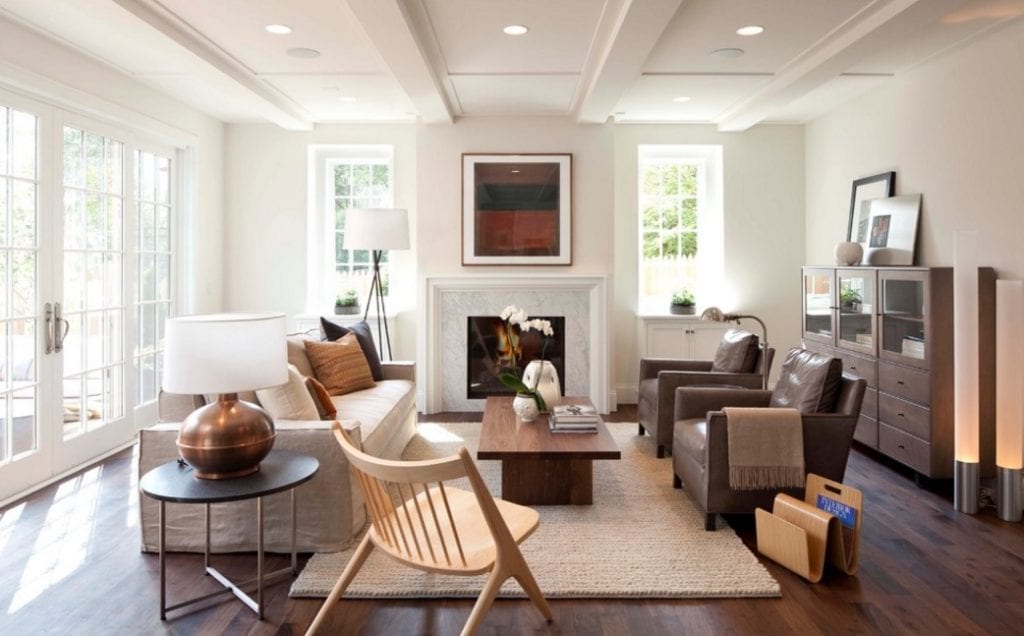
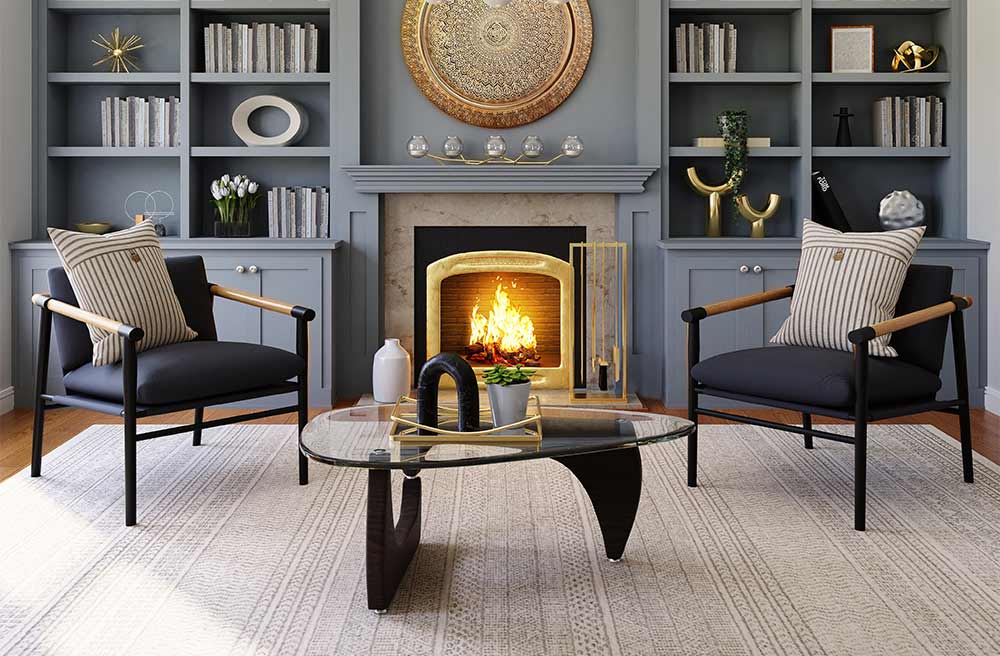







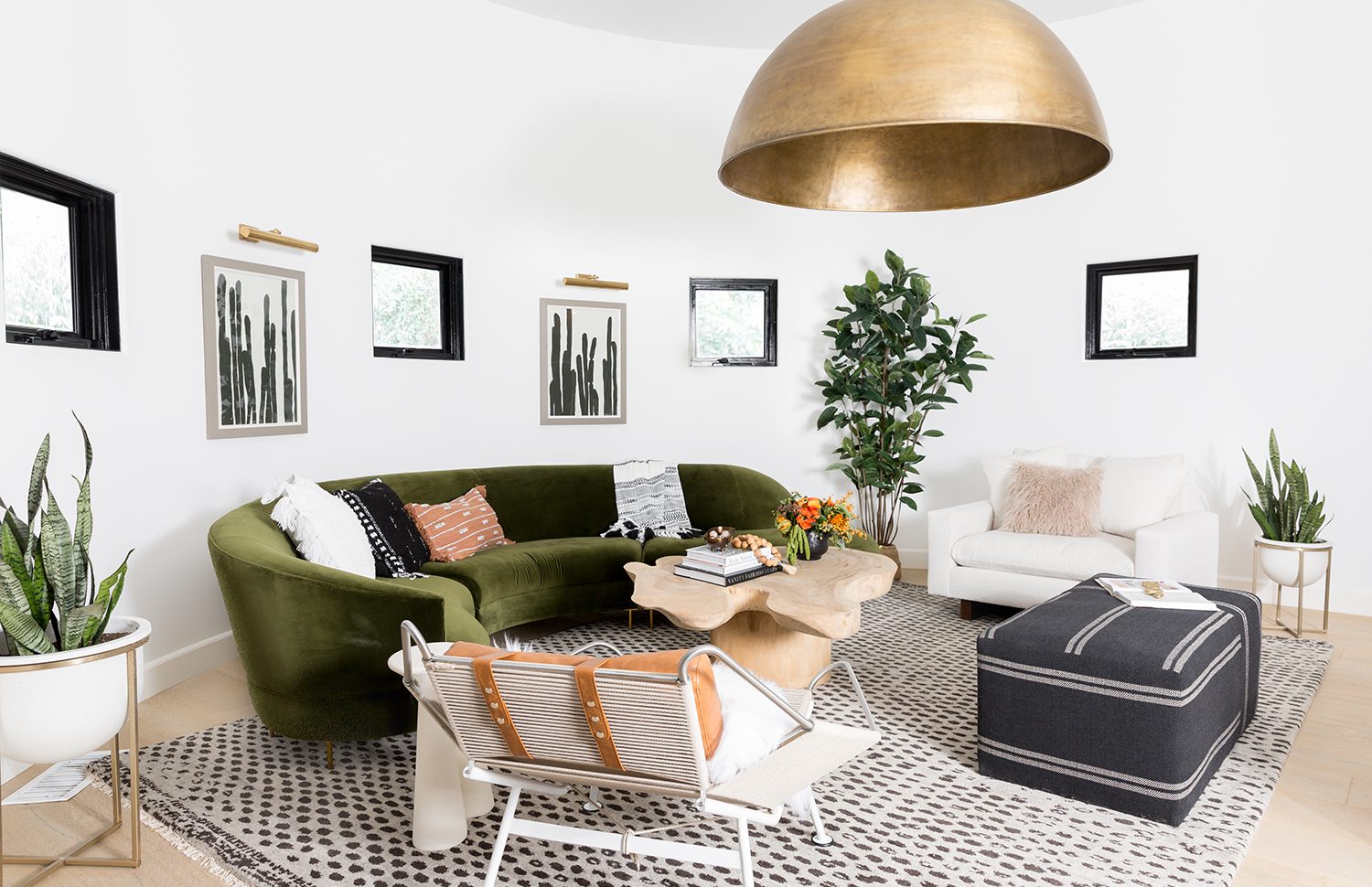







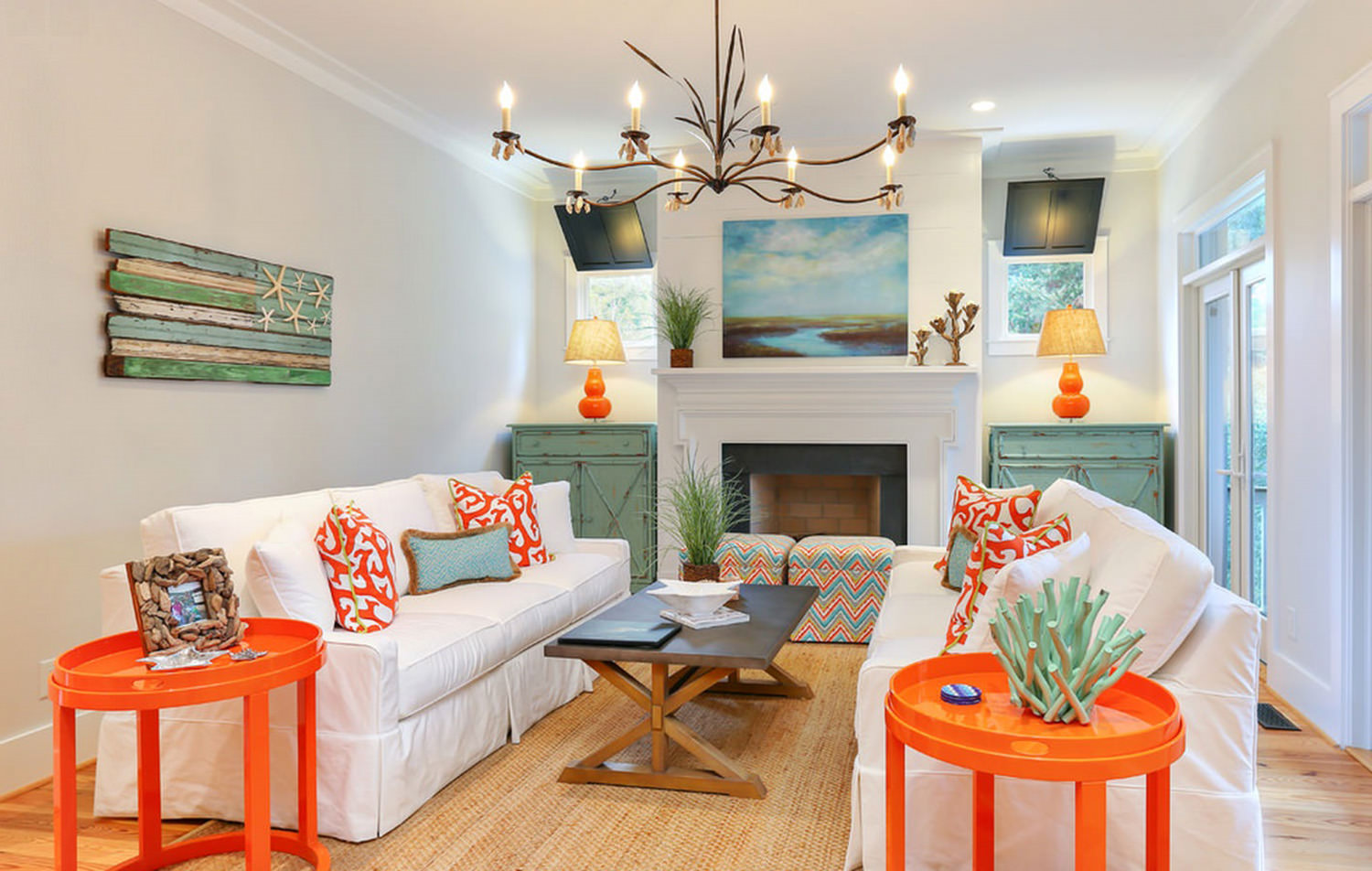



/169789002-58a723d63df78c345b930ec6.jpg)






